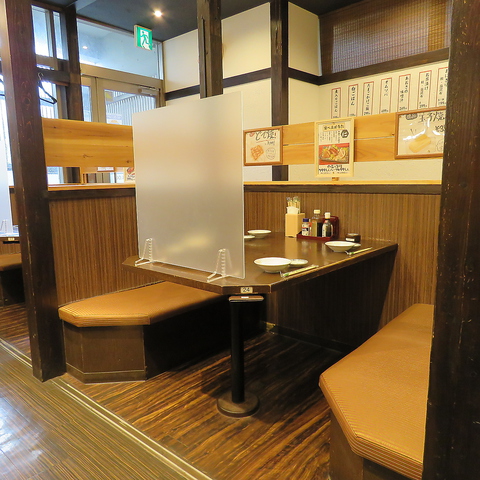Recommended sushi restaurants in Wakayama, Japan
Warning: Undefined property: stdClass::$area_code1 in /home/c8872851/public_html/sushiliv.com/wp-content/themes/swell_child/functions.php on line 888
Warning: Undefined property: stdClass::$name in /home/c8872851/public_html/sushiliv.com/wp-content/themes/swell_child/functions.php on line 871
Warning: Undefined property: stdClass::$area_code1 in /home/c8872851/public_html/sushiliv.com/wp-content/themes/swell_child/functions.php on line 888
Warning: Undefined property: stdClass::$name in /home/c8872851/public_html/sushiliv.com/wp-content/themes/swell_child/functions.php on line 871
Warning: Undefined property: stdClass::$area_code1 in /home/c8872851/public_html/sushiliv.com/wp-content/themes/swell_child/functions.php on line 888
Warning: Undefined property: stdClass::$name in /home/c8872851/public_html/sushiliv.com/wp-content/themes/swell_child/functions.php on line 871
Warning: Undefined property: stdClass::$area_code1 in /home/c8872851/public_html/sushiliv.com/wp-content/themes/swell_child/functions.php on line 888
Warning: Undefined property: stdClass::$name in /home/c8872851/public_html/sushiliv.com/wp-content/themes/swell_child/functions.php on line 871
Warning: Undefined property: stdClass::$area_code1 in /home/c8872851/public_html/sushiliv.com/wp-content/themes/swell_child/functions.php on line 888
Warning: Undefined property: stdClass::$name in /home/c8872851/public_html/sushiliv.com/wp-content/themes/swell_child/functions.php on line 871
Warning: Undefined property: stdClass::$area_code1 in /home/c8872851/public_html/sushiliv.com/wp-content/themes/swell_child/functions.php on line 888
Warning: Undefined property: stdClass::$name in /home/c8872851/public_html/sushiliv.com/wp-content/themes/swell_child/functions.php on line 871
Warning: Undefined property: stdClass::$area_code1 in /home/c8872851/public_html/sushiliv.com/wp-content/themes/swell_child/functions.php on line 888
Warning: Undefined property: stdClass::$name in /home/c8872851/public_html/sushiliv.com/wp-content/themes/swell_child/functions.php on line 871
Warning: Undefined property: stdClass::$area_code1 in /home/c8872851/public_html/sushiliv.com/wp-content/themes/swell_child/functions.php on line 888
Warning: Undefined property: stdClass::$name in /home/c8872851/public_html/sushiliv.com/wp-content/themes/swell_child/functions.php on line 871
Warning: Undefined property: stdClass::$area_code1 in /home/c8872851/public_html/sushiliv.com/wp-content/themes/swell_child/functions.php on line 888
Warning: Undefined property: stdClass::$name in /home/c8872851/public_html/sushiliv.com/wp-content/themes/swell_child/functions.php on line 871
Warning: Undefined property: stdClass::$area_code1 in /home/c8872851/public_html/sushiliv.com/wp-content/themes/swell_child/functions.php on line 888
Warning: Undefined property: stdClass::$name in /home/c8872851/public_html/sushiliv.com/wp-content/themes/swell_child/functions.php on line 871
Warning: Undefined property: stdClass::$area_code1 in /home/c8872851/public_html/sushiliv.com/wp-content/themes/swell_child/functions.php on line 888
Warning: Undefined property: stdClass::$name in /home/c8872851/public_html/sushiliv.com/wp-content/themes/swell_child/functions.php on line 871
Warning: Undefined property: stdClass::$area_code1 in /home/c8872851/public_html/sushiliv.com/wp-content/themes/swell_child/functions.php on line 888
Warning: Undefined property: stdClass::$name in /home/c8872851/public_html/sushiliv.com/wp-content/themes/swell_child/functions.php on line 871
Warning: Undefined property: stdClass::$area_code1 in /home/c8872851/public_html/sushiliv.com/wp-content/themes/swell_child/functions.php on line 888
Warning: Undefined property: stdClass::$name in /home/c8872851/public_html/sushiliv.com/wp-content/themes/swell_child/functions.php on line 871
Warning: Undefined property: stdClass::$area_code1 in /home/c8872851/public_html/sushiliv.com/wp-content/themes/swell_child/functions.php on line 888
Warning: Undefined property: stdClass::$name in /home/c8872851/public_html/sushiliv.com/wp-content/themes/swell_child/functions.php on line 871
Warning: Undefined property: stdClass::$area_code1 in /home/c8872851/public_html/sushiliv.com/wp-content/themes/swell_child/functions.php on line 888
Warning: Undefined property: stdClass::$name in /home/c8872851/public_html/sushiliv.com/wp-content/themes/swell_child/functions.php on line 871
Warning: Undefined property: stdClass::$area_code1 in /home/c8872851/public_html/sushiliv.com/wp-content/themes/swell_child/functions.php on line 888
Warning: Undefined property: stdClass::$name in /home/c8872851/public_html/sushiliv.com/wp-content/themes/swell_child/functions.php on line 871
Warning: Undefined property: stdClass::$area_code1 in /home/c8872851/public_html/sushiliv.com/wp-content/themes/swell_child/functions.php on line 888
-

Meat Tofu and Lemon Sour Popular Shokudo Yasube JR Wakayama
Sushi restaurant in Wakayama [SUSHILIVE comment] -


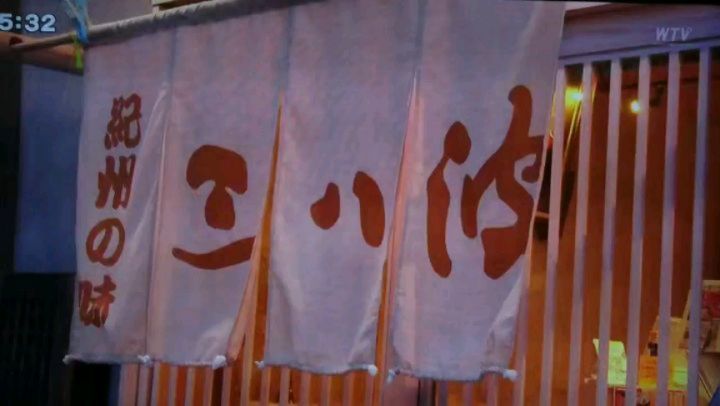
Three-eighth wave
Sushi restaurant in Wakayama [SUSHILIVE comment] -



Kishu Wagyu Beef Research Institute
Sushi restaurant in Wakayama [SUSHILIVE comment] -


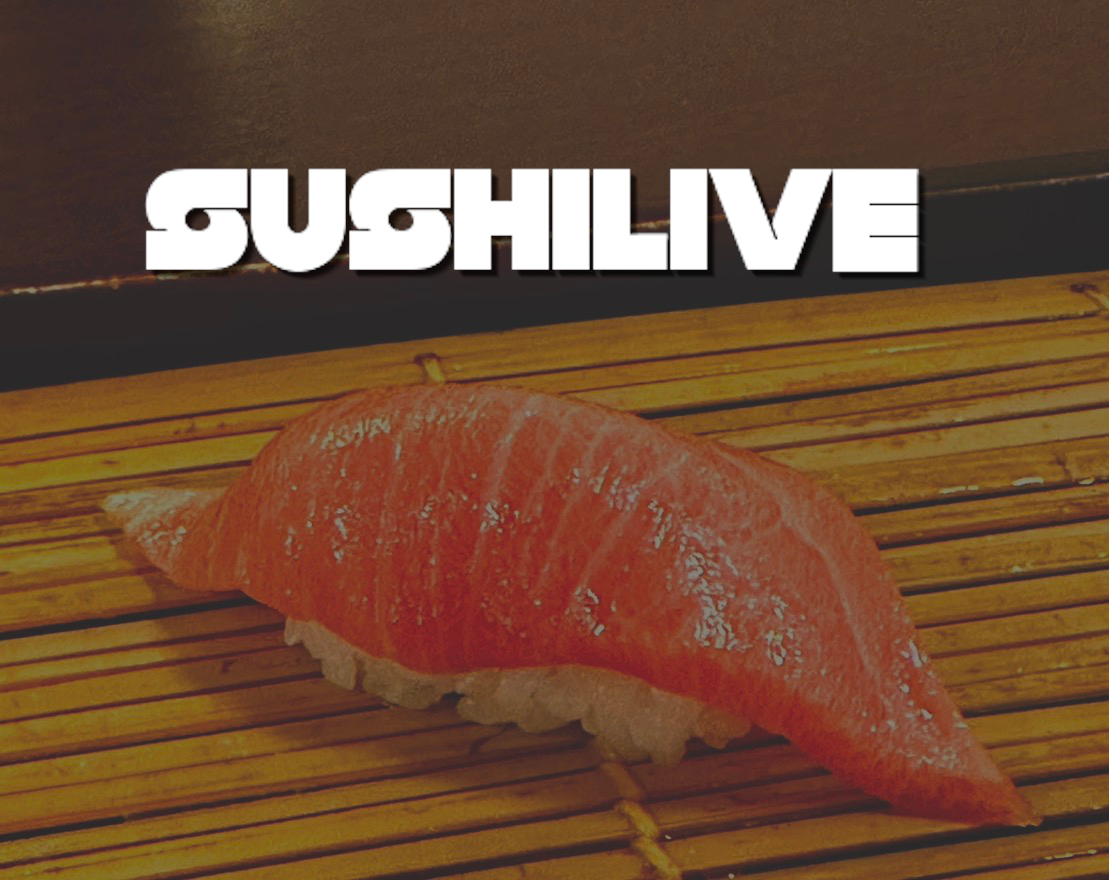
Daikotei Wakayama Marushitei
Sushi restaurant in Wakayama [SUSHILIVE comment] -


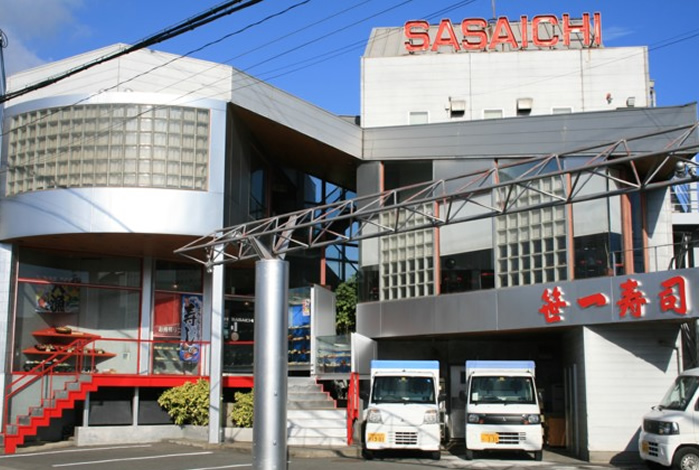
Sasaichi Kino River Branch
Sushi restaurant in Wakayama [SUSHILIVE comment] -



Sushi Yoshinobu
Sushi restaurant in Wakayama [SUSHILIVE comment] -


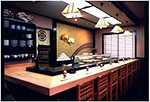
Inami
Sushi restaurant in Wakayama [SUSHILIVE comment] -


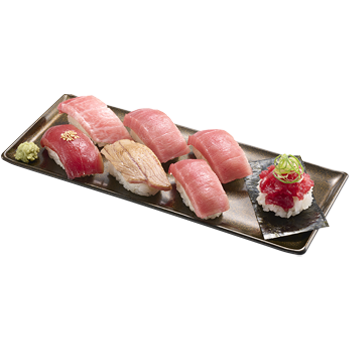
Sushiro Wakayama Sakaeya
Sushi restaurant in Wakayama [SUSHILIVE comment] -



Muzoe Kurazushi Wakayama Hashimoto
Sushi restaurant in Wakayama [SUSHILIVE comment] -


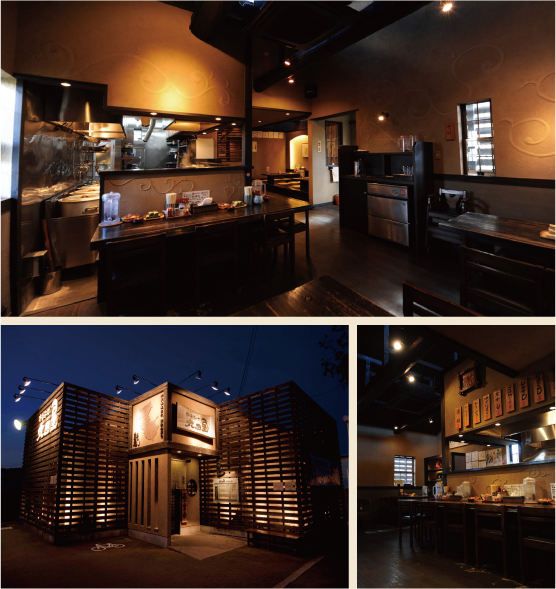
Marutaya Jiromaru Store
Sushi restaurant in Wakayama [SUSHILIVE comment] -


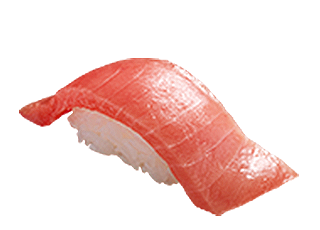
Hamazushi Wakayama Shimazaki
Sushi restaurant in Wakayama [SUSHILIVE comment] -


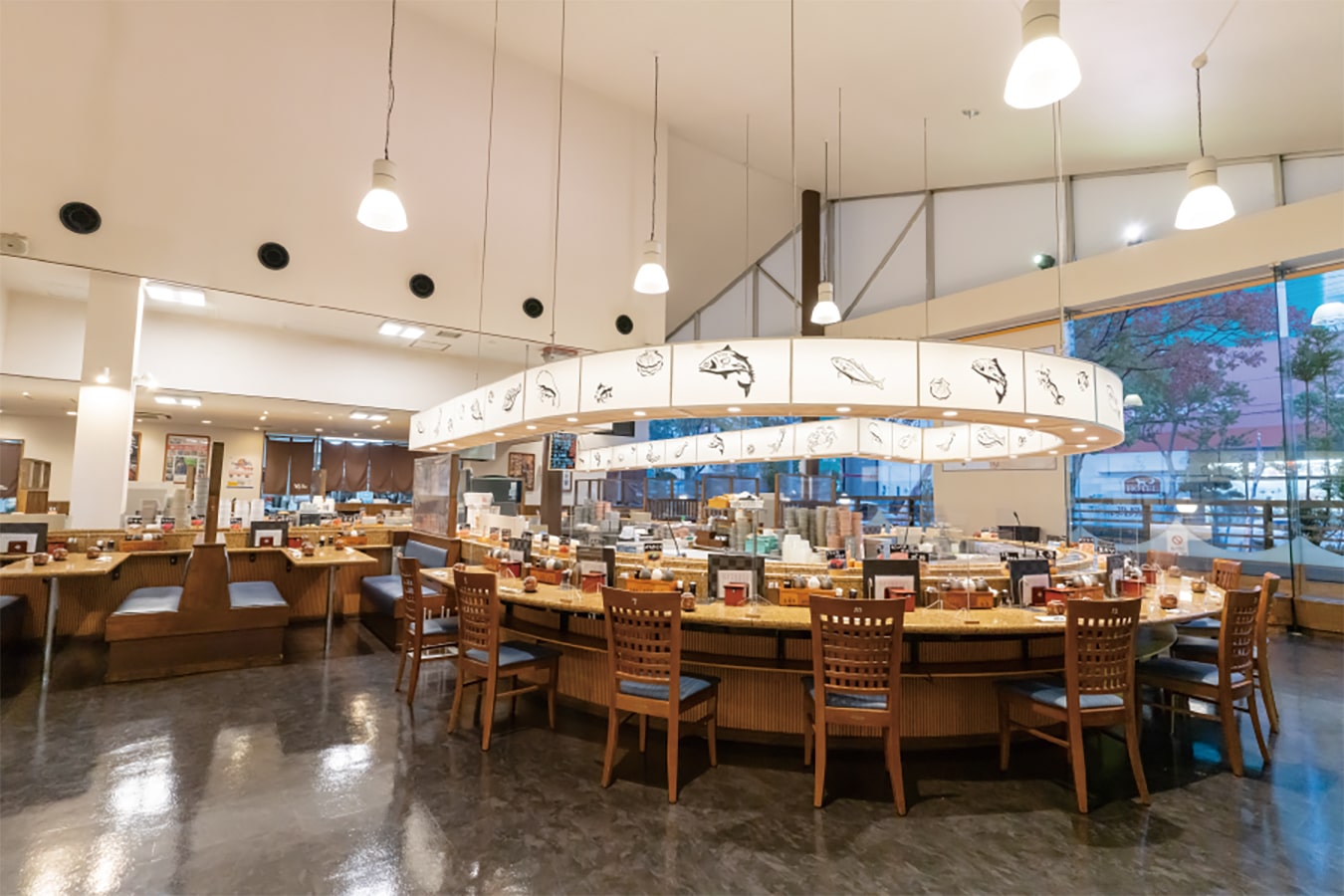
Yayoi Miyagi Street Store
Sushi restaurant in Wakayama [SUSHILIVE comment] -


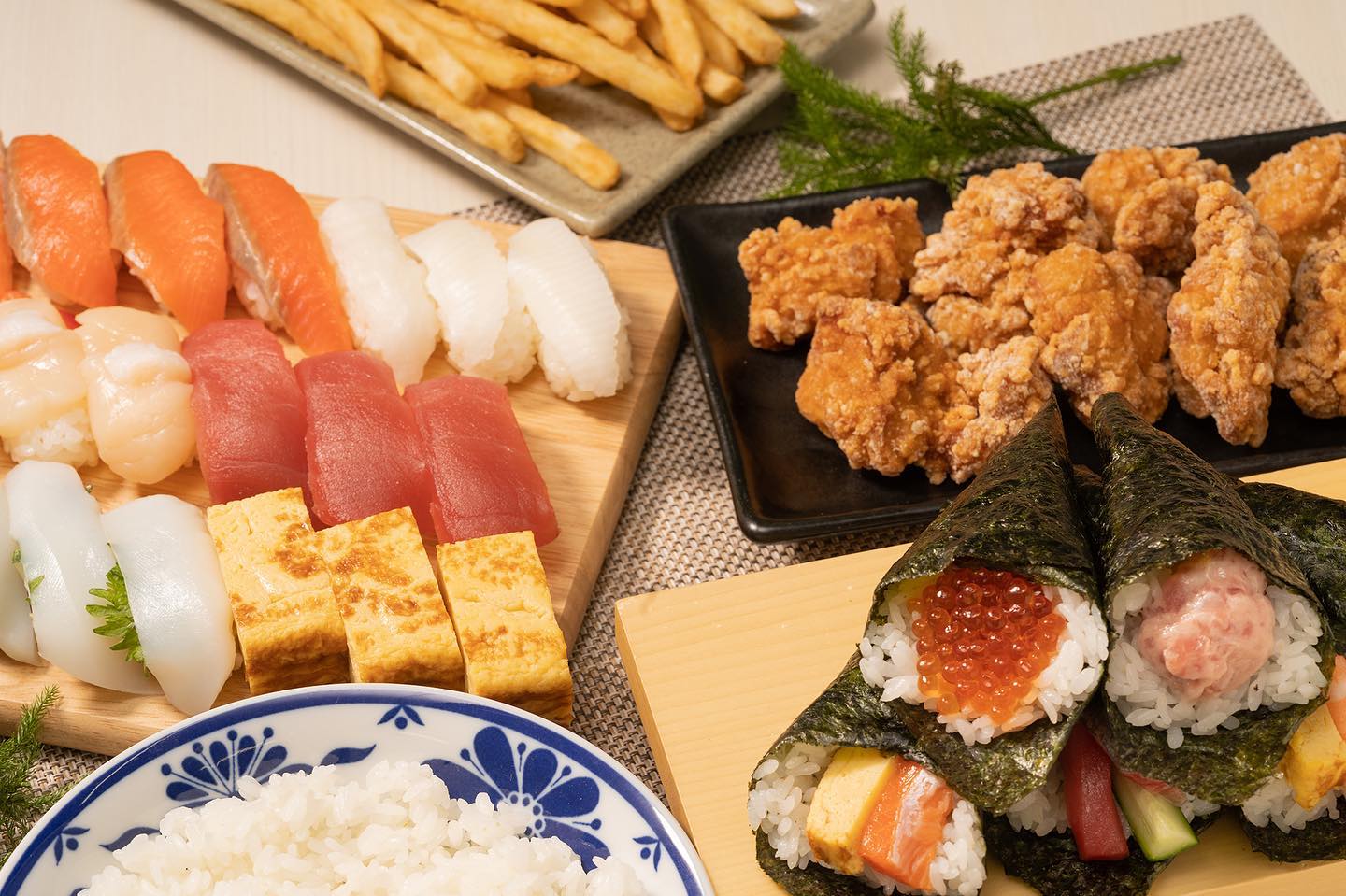
Kappa Sushi Wakayama
Sushi restaurant in Wakayama [SUSHILIVE comment] -


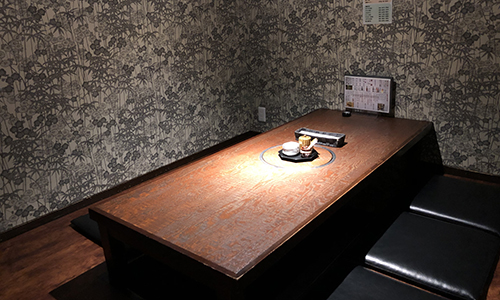
Magokoro Sumida
Sushi restaurant in Wakayama [SUSHILIVE comment] -



Ramen Nanryuken
Sushi restaurant in Wakayama [SUSHILIVE comment] -



Kinokawa Jushi Honpo
Sushi restaurant in Wakayama [SUSHILIVE comment] -



good money
Sushi restaurant in Wakayama [SUSHILIVE comment] -


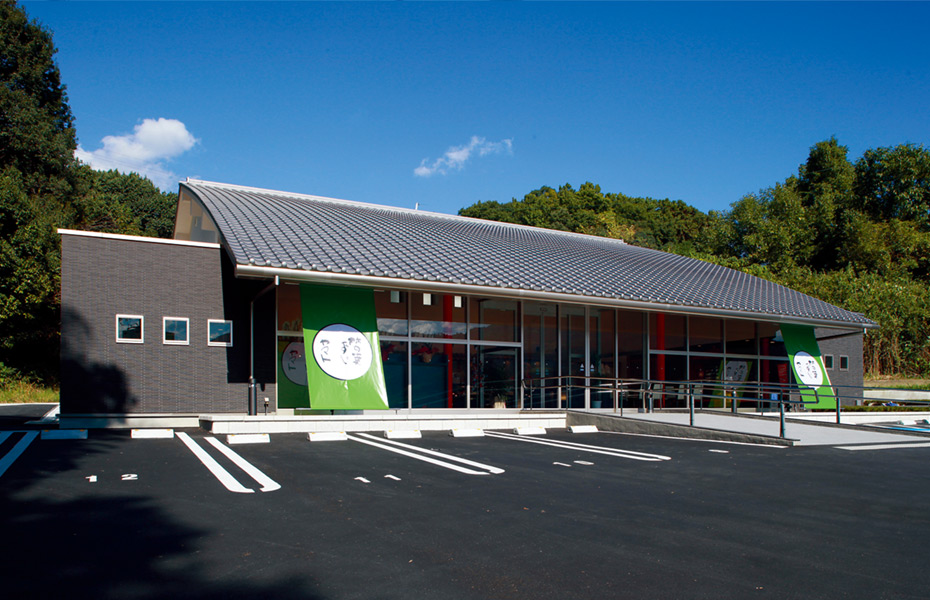
Kakinoha Sushi Yamato, Hashimoto Branch
Sushi restaurant in Wakayama [SUSHILIVE comment] -



XX Tree Chinese Soba Noodle
Sushi restaurant in Wakayama [SUSHILIVE comment] -



Roadside Station, Manyoshi-no-Sato, Kinnokawa
Sushi restaurant in Wakayama [SUSHILIVE comment] -


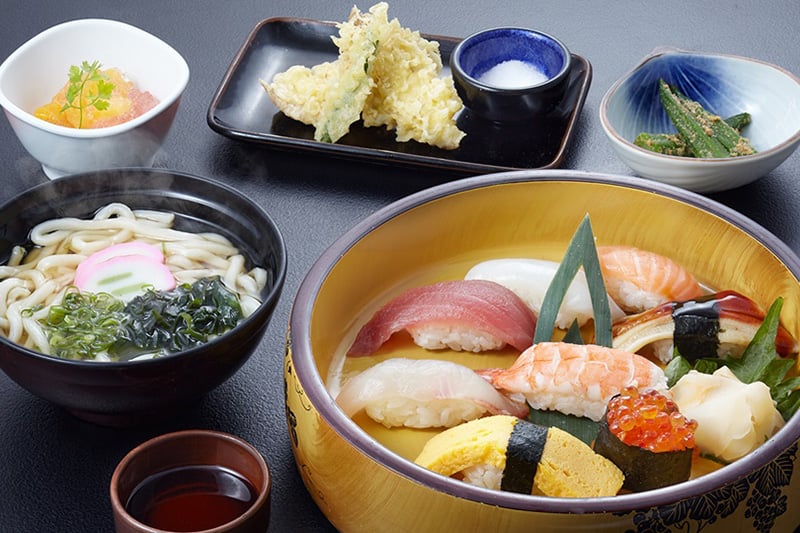
Los Angeles, California
Sushi restaurant in Wakayama [SUSHILIVE comment] -


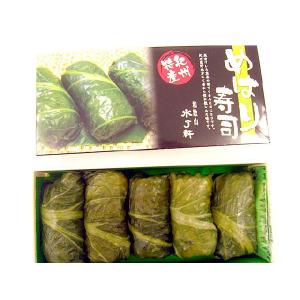
Wakayama Mizuhoken
Sushi restaurant in Wakayama [SUSHILIVE comment] -



sapling
Sushi restaurant in Wakayama [SUSHILIVE comment] -



Sushi Miyata
Sushi restaurant in Wakayama [SUSHILIVE comment] -


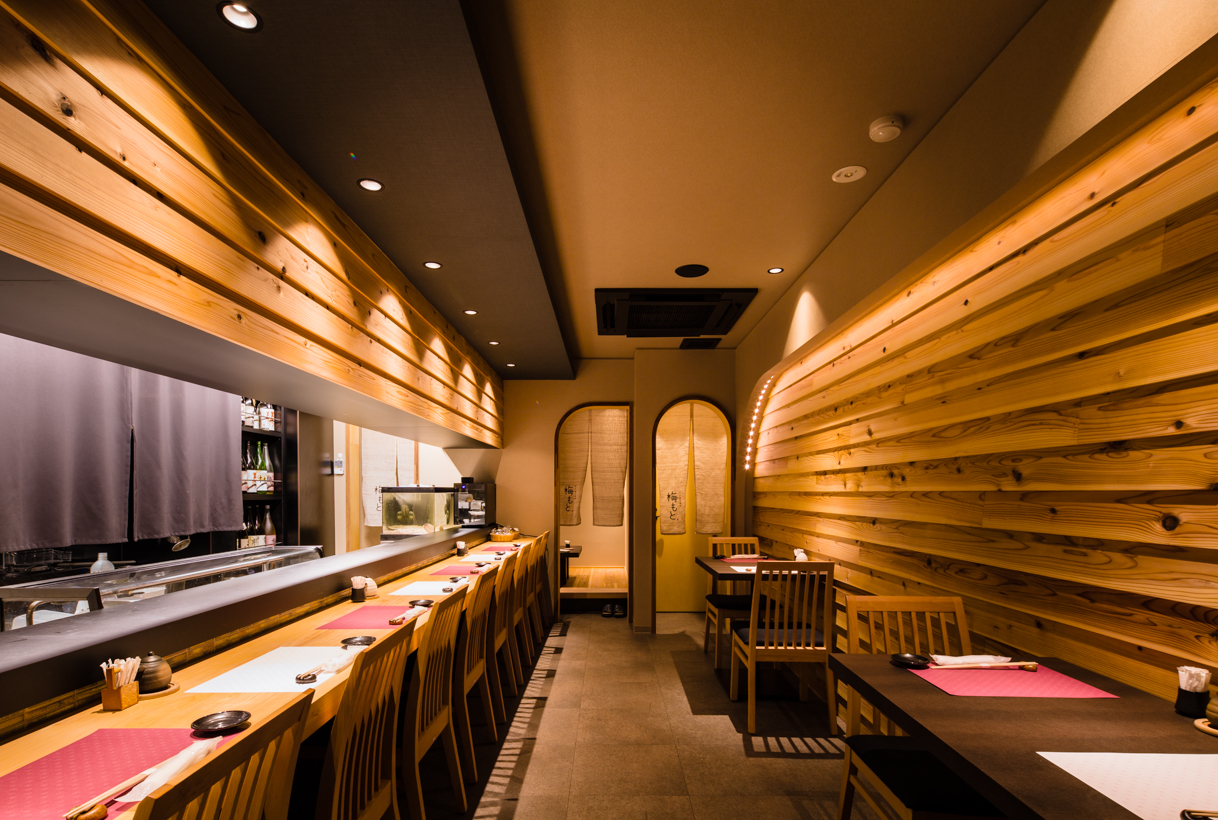
Sushi and snacks: Ume Moto
Sushi restaurant in Wakayama [SUSHILIVE comment] -



landlord
Sushi restaurant in Wakayama [SUSHILIVE comment] -



Sushi Ten no Sushi
Sushi restaurant in Wakayama [SUSHILIVE comment] -


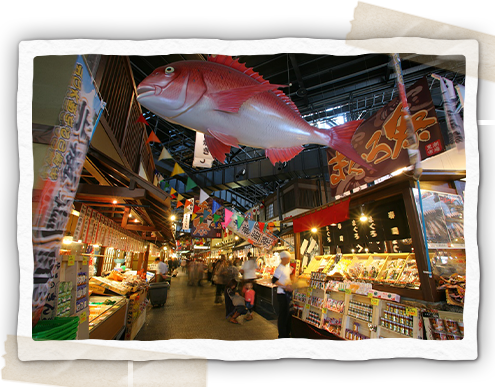
Kofu Sushi
Sushi restaurant in Wakayama [SUSHILIVE comment] -



bigeye tuna
Sushi restaurant in Wakayama [SUSHILIVE comment] -



Chinese noodle specialty restaurant Masayoshi
Sushi restaurant in Wakayama [SUSHILIVE comment]
Recommended conveyor belt sushi restaurants in Wakayama, Japan
Warning: Undefined property: stdClass::$area_code1 in /home/c8872851/public_html/sushiliv.com/wp-content/themes/swell_child/functions.php on line 888
Warning: Undefined property: stdClass::$name in /home/c8872851/public_html/sushiliv.com/wp-content/themes/swell_child/functions.php on line 871
Warning: Undefined property: stdClass::$area_code1 in /home/c8872851/public_html/sushiliv.com/wp-content/themes/swell_child/functions.php on line 888
Warning: Undefined property: stdClass::$name in /home/c8872851/public_html/sushiliv.com/wp-content/themes/swell_child/functions.php on line 871
Warning: Undefined property: stdClass::$area_code1 in /home/c8872851/public_html/sushiliv.com/wp-content/themes/swell_child/functions.php on line 888
Warning: Undefined property: stdClass::$name in /home/c8872851/public_html/sushiliv.com/wp-content/themes/swell_child/functions.php on line 871
Warning: Undefined property: stdClass::$area_code1 in /home/c8872851/public_html/sushiliv.com/wp-content/themes/swell_child/functions.php on line 888
-


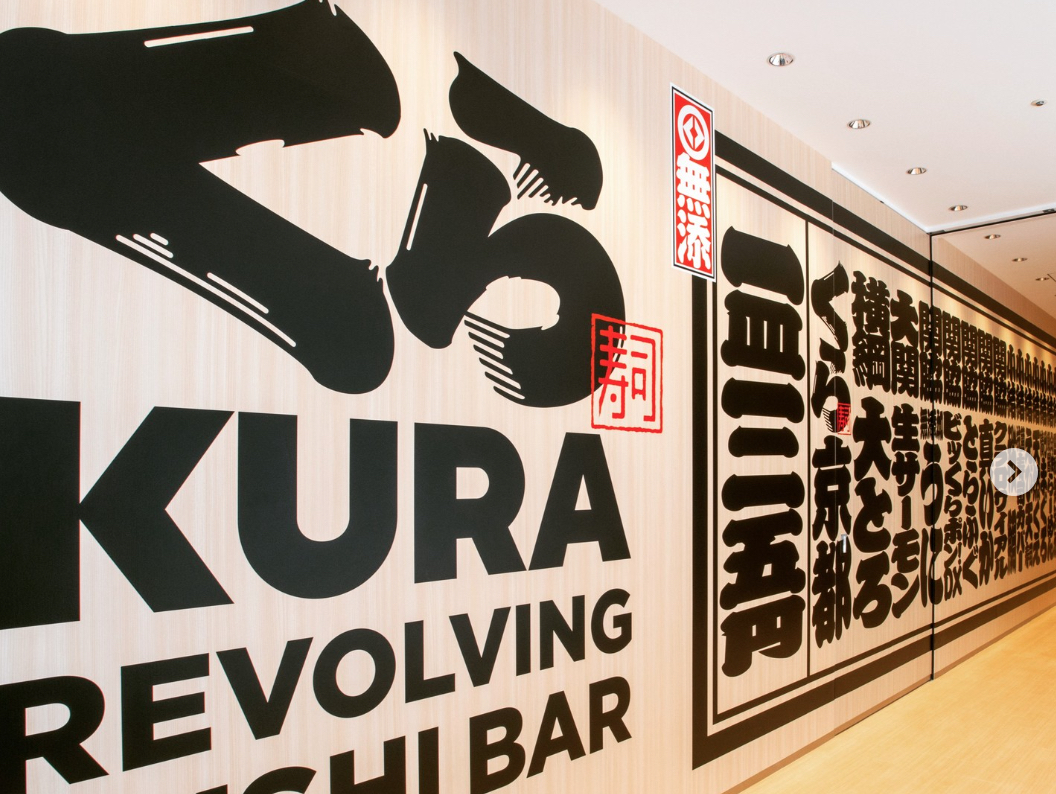
Kura Sushi Nitori Iwade
Sushi restaurant in Wakayama [SUSHILIVE comment] -


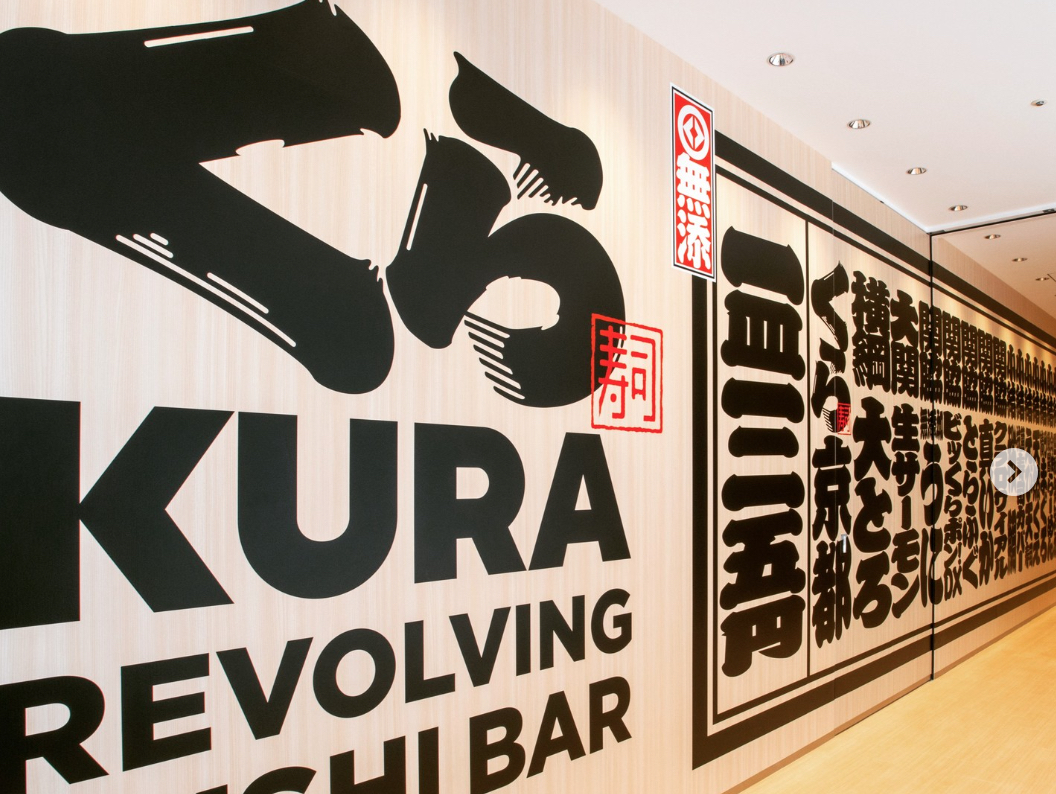
Kura Sushi Wakayama Hashimoto Store
Sushi restaurant in Wakayama [SUSHILIVE comment] -


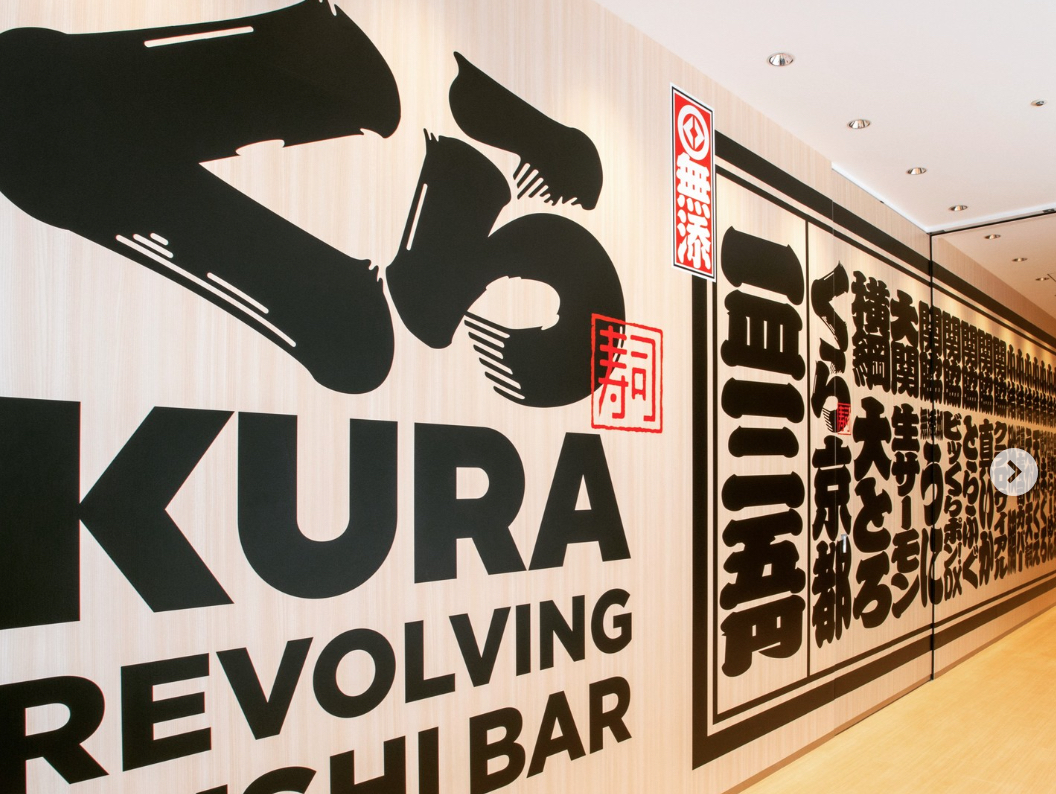
Kura Sushi Tanabe Store
Sushi restaurant in Wakayama [SUSHILIVE comment] -


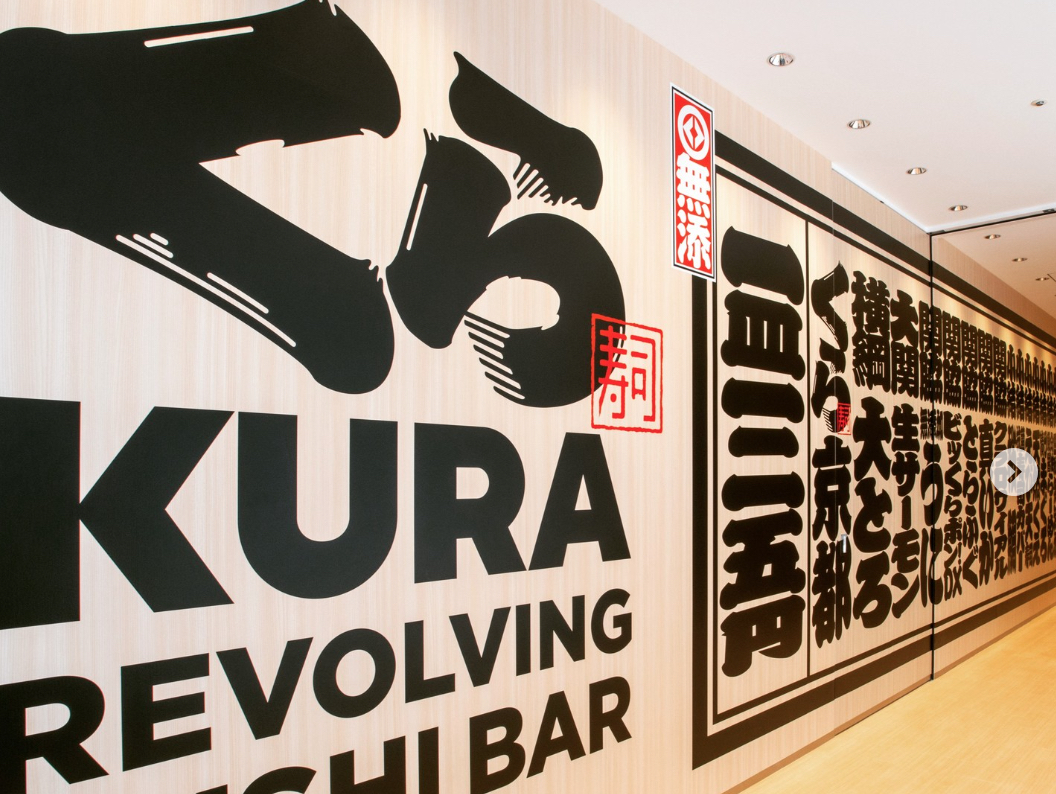
Kura Sushi Wakayama Mitsukoshi
Sushi restaurant in Wakayama [SUSHILIVE comment] -


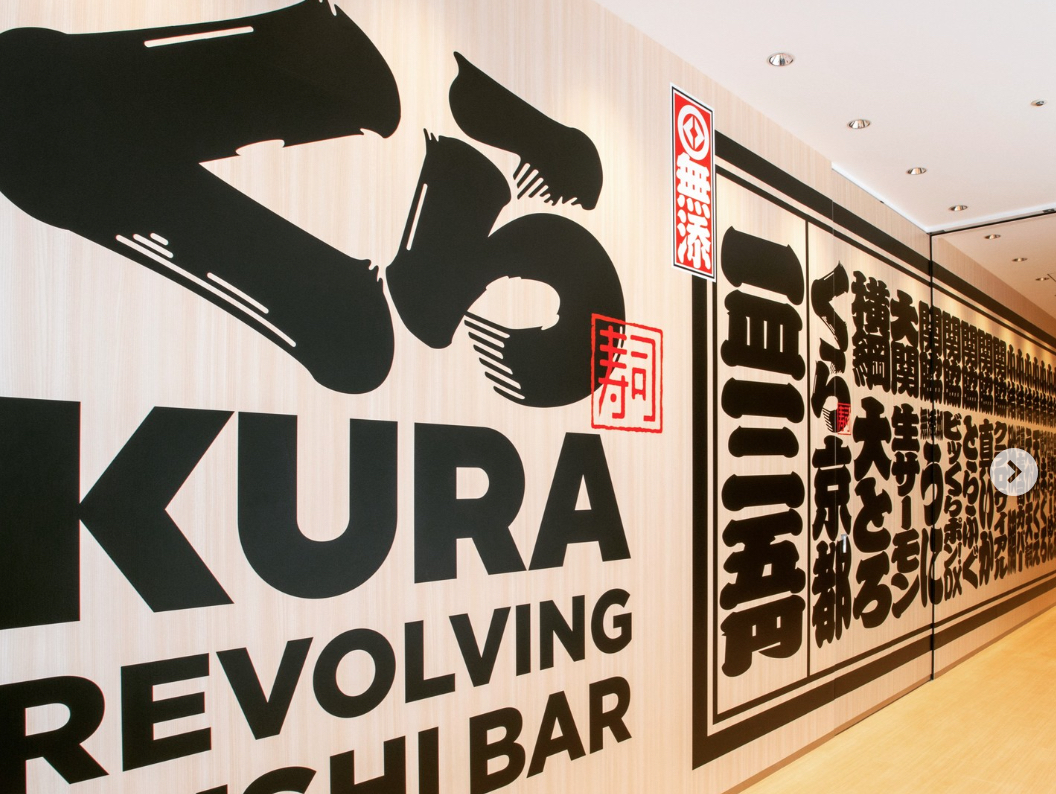
Kura Sushi Muzo Kii-Kawabe
Sushi restaurant in Wakayama [SUSHILIVE comment] -


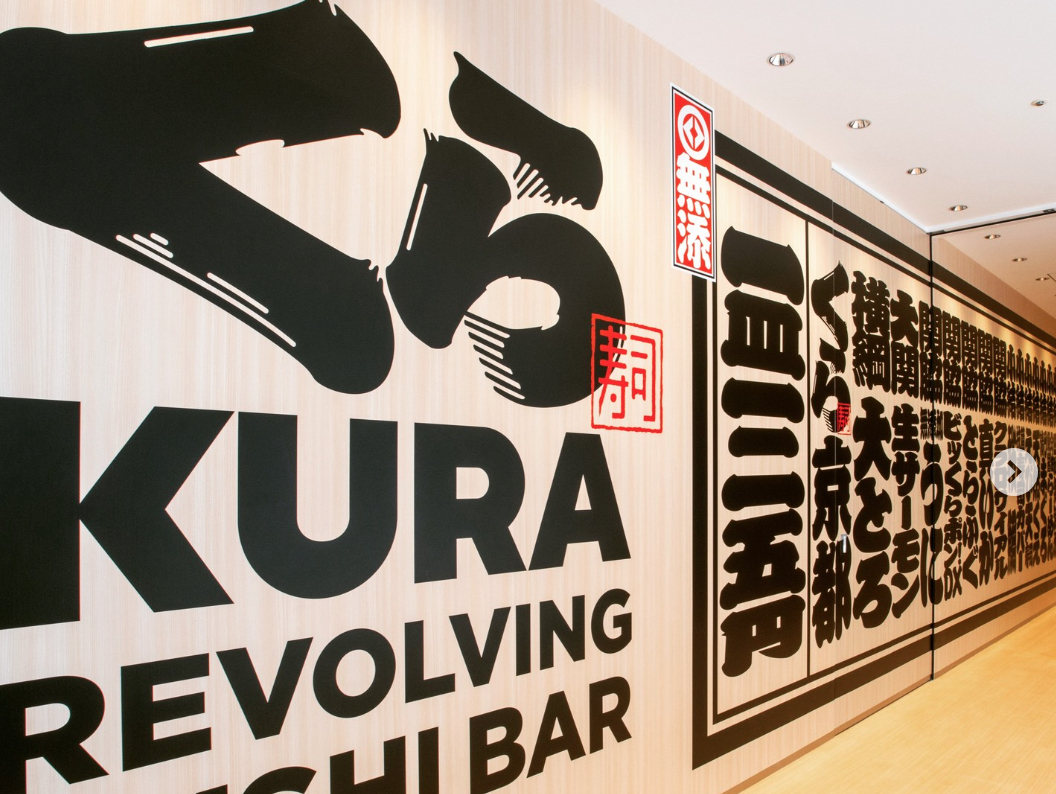
Kura Sushi Nitori Wakayama Hanayama
Sushi restaurant in Wakayama [SUSHILIVE comment] -


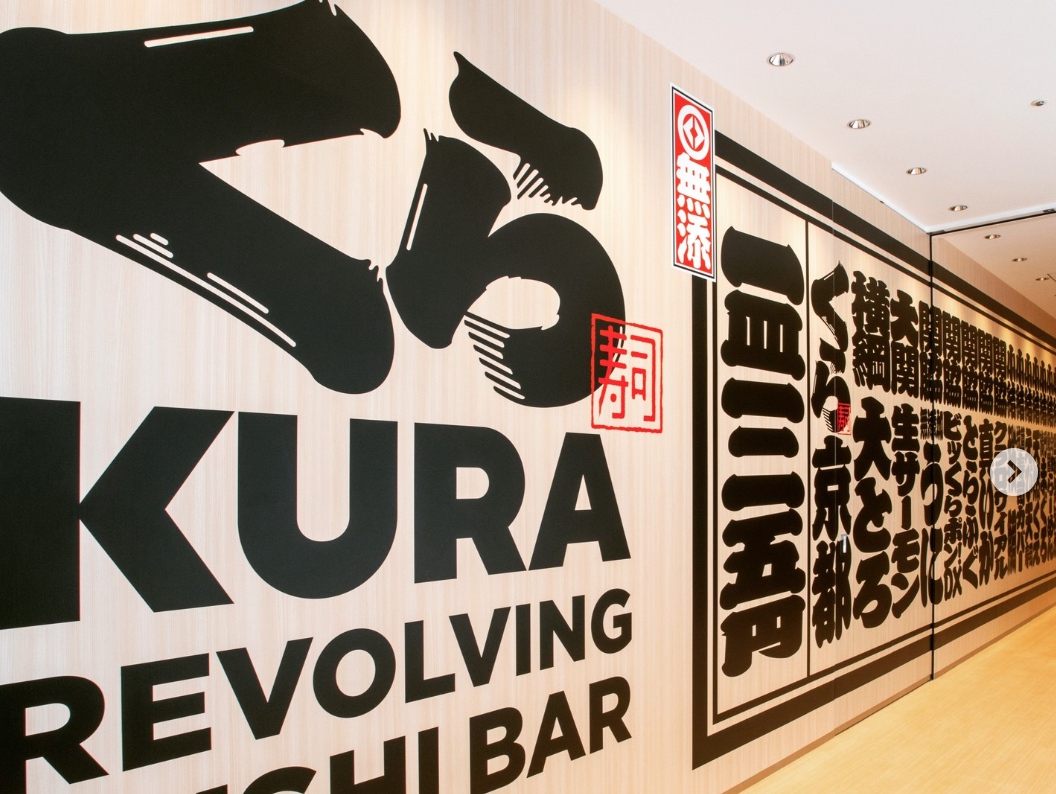
Kura Sushi Wakayama Fox Island Store
Sushi restaurant in Wakayama [SUSHILIVE comment] -


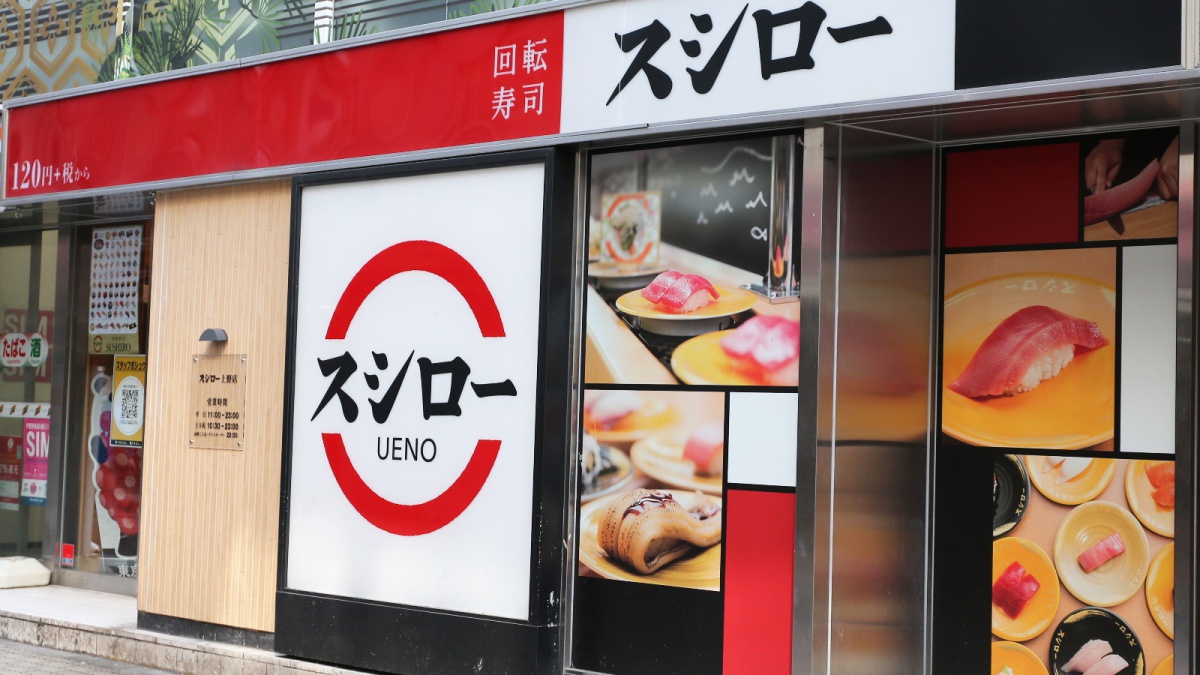
Sushiro Hashimoto
Sushi restaurant in Wakayama [SUSHILIVE comment] -


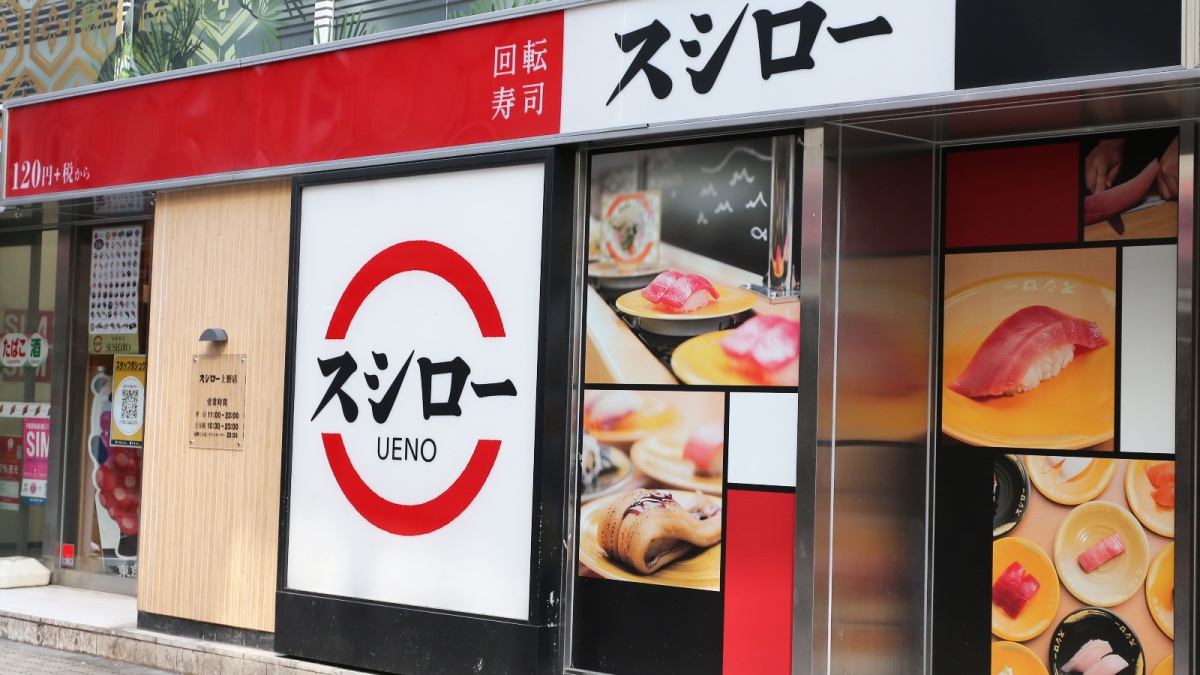
Sushiro Wakayama Sakaeya
Sushi restaurant in Wakayama [SUSHILIVE comment] -


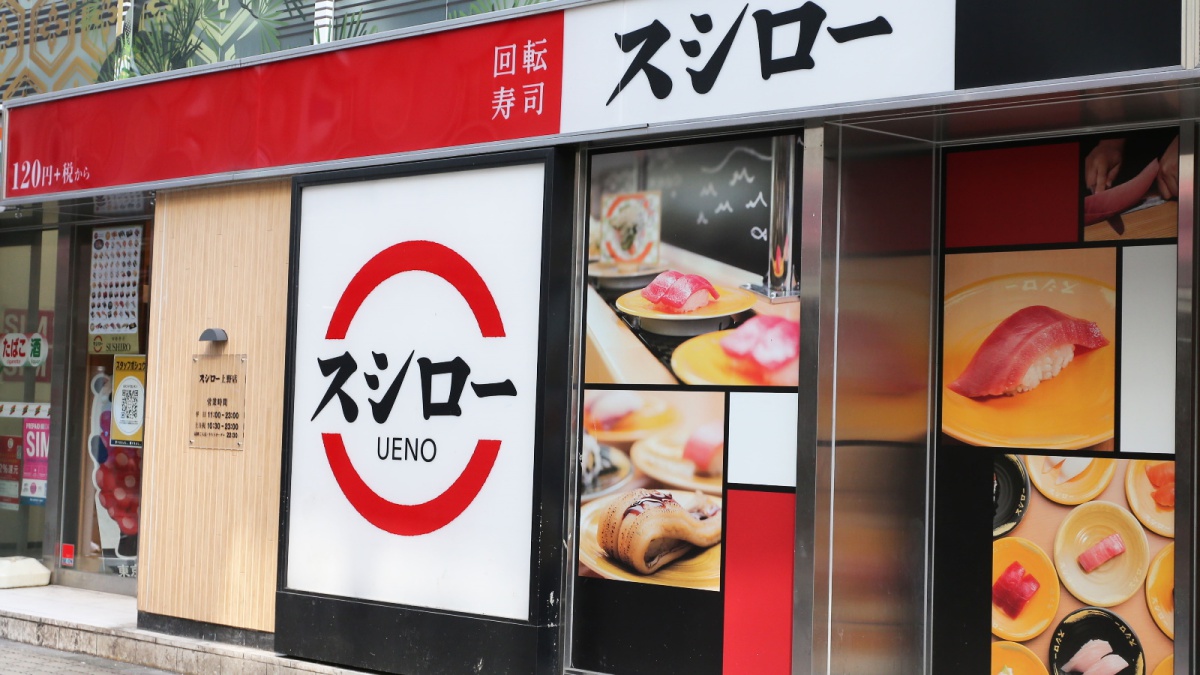
Sushiro Wakayama New Life
Sushi restaurant in Wakayama [SUSHILIVE comment] -


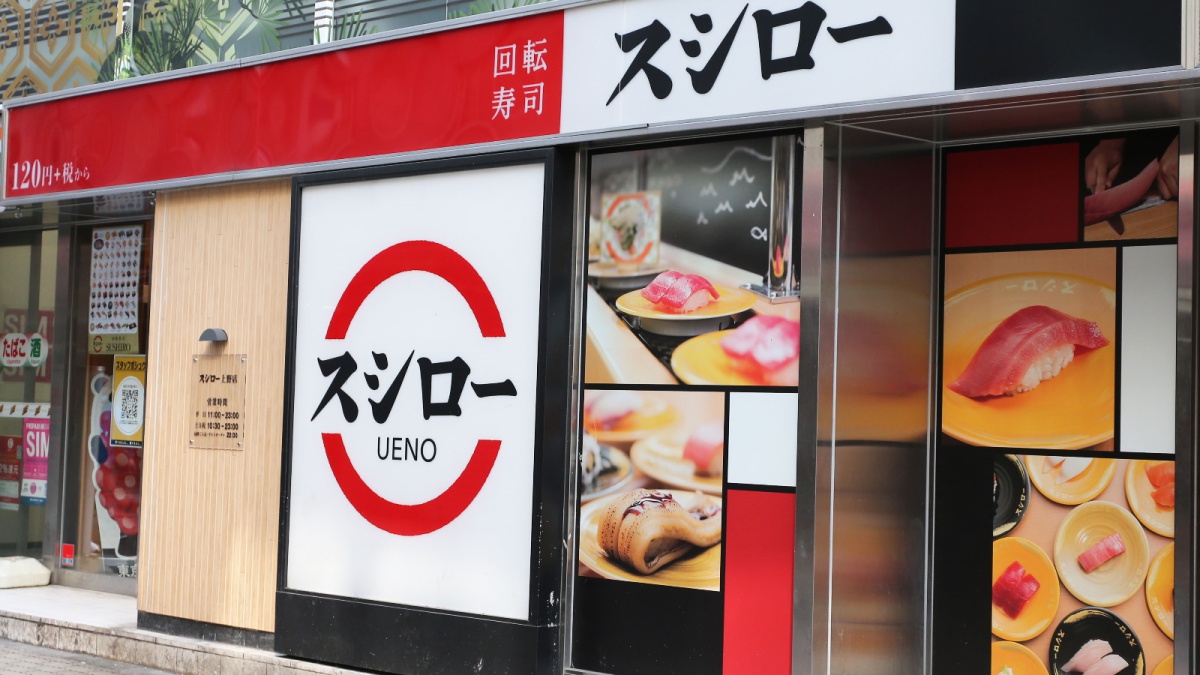
Sushiro Kii Tanabe
Sushi restaurant in Wakayama [SUSHILIVE comment] -


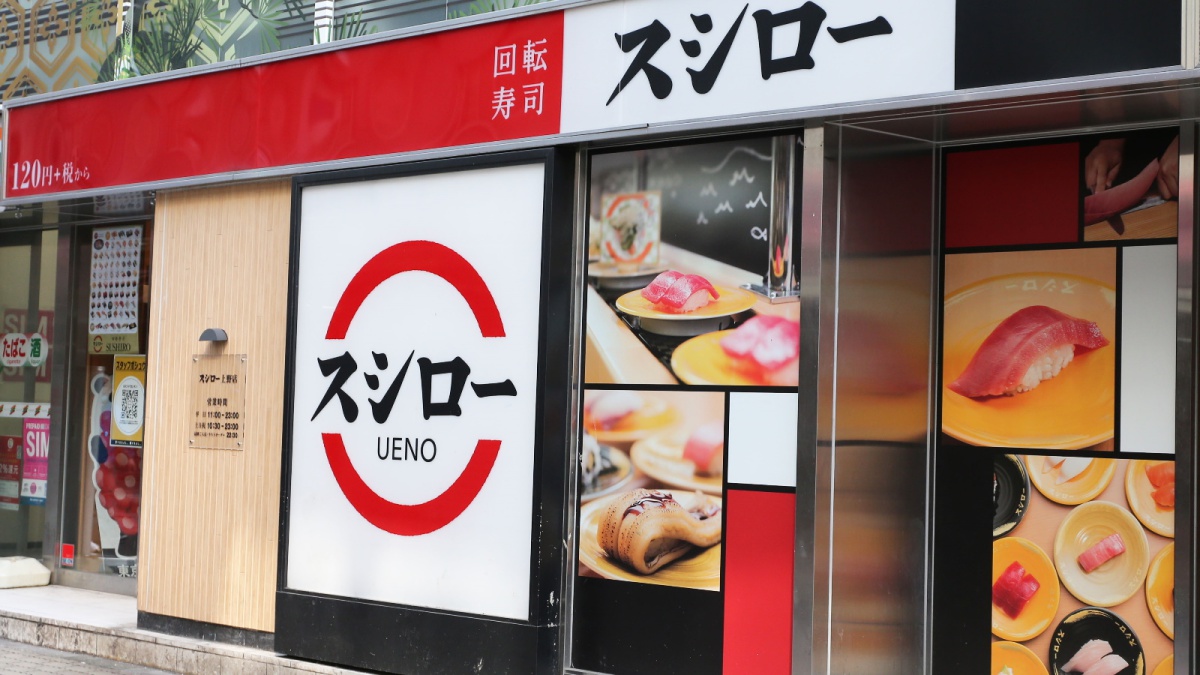
Sushiro emerge from a mountain range
Sushi restaurant in Wakayama [SUSHILIVE comment] -


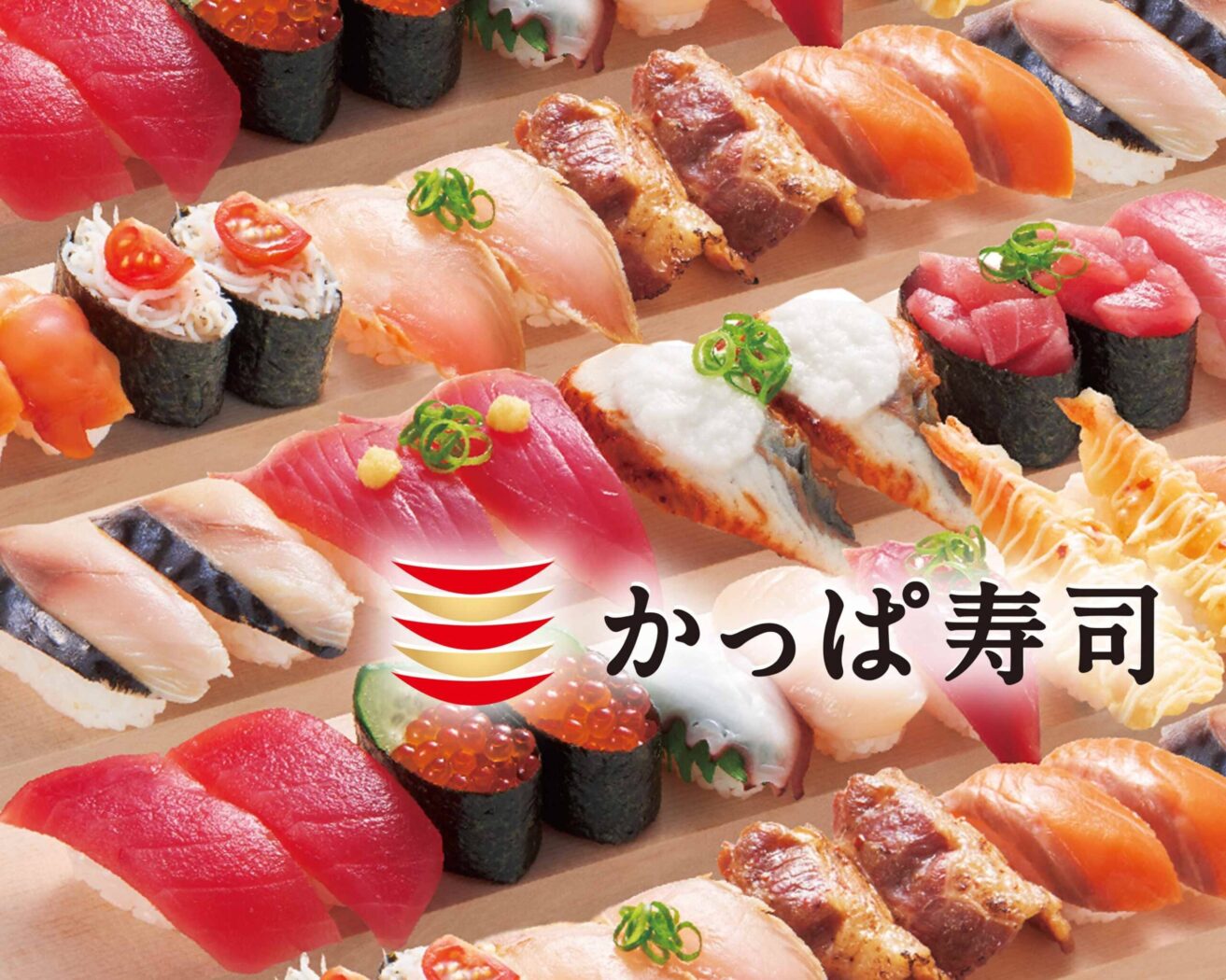
Kappa sushi Nitori Wakayama
Sushi restaurant in Wakayama [SUSHILIVE comment] -


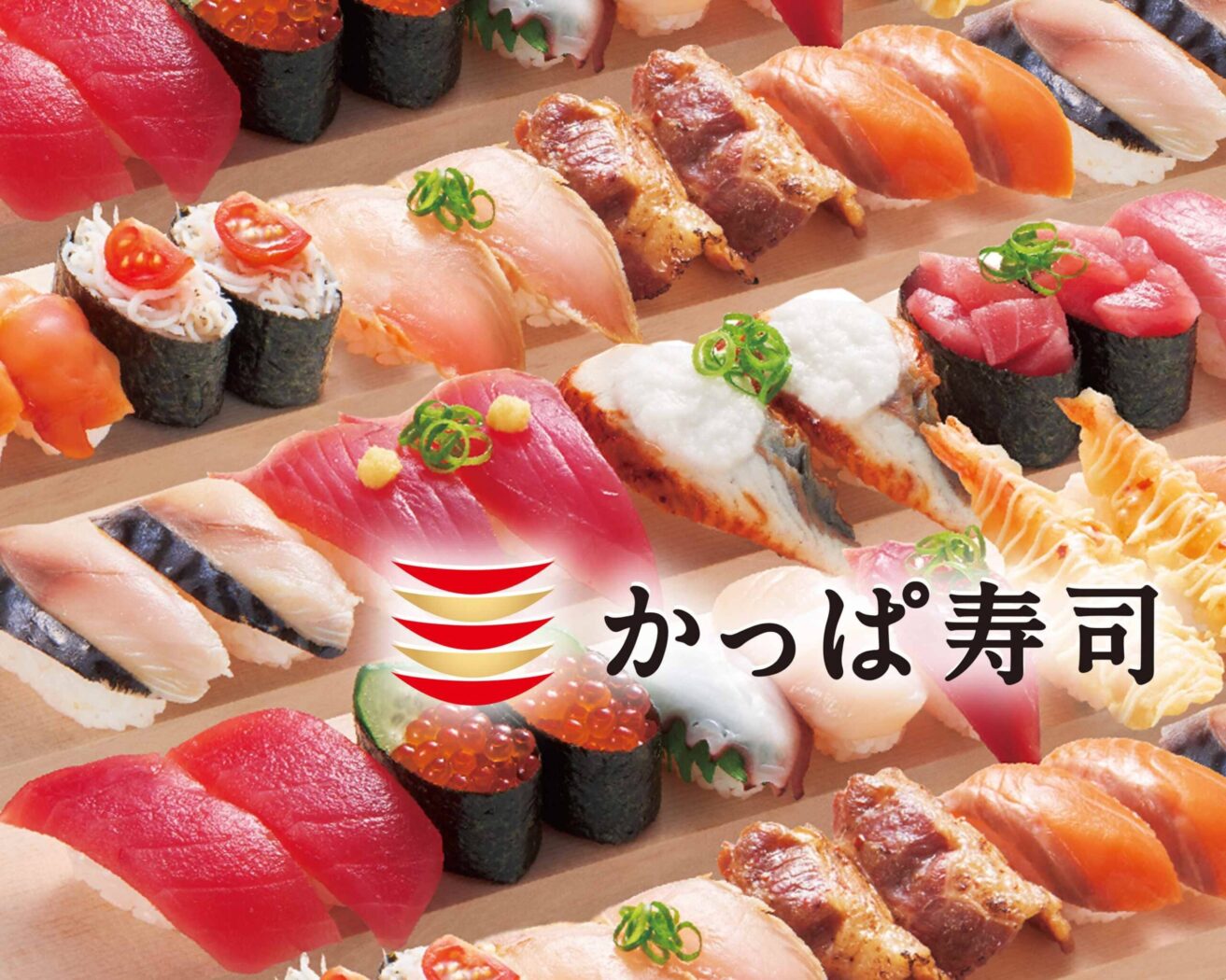
Kappa sushi Nitori Wakayama Rokudani
Sushi restaurant in Wakayama [SUSHILIVE comment]
Characteristics of Wakayama’s Cuisine
A Culinary Journey through the Bounty of Sea and Mountains in Wakayama
Located on the Kii Peninsula, Wakayama faces both the Pacific Ocean and the Kumano Sea, with its mountainous regions also boasting abundant natural beauty. This blessed environment nurtures a variety of sea and mountain delicacies, supporting the food culture of Wakayama.
- Delights from the Sea
The meeting of the Kuroshio and Oyashio currents in the Kumano Sea breeds a rich variety of marine life. Tuna, bonito, grouper, flounder, and yellowtail are especially renowned. In recent years, delicacies like whitebait and rockfish have also gained popularity. - Bounty of the Mountains
In the mountainous areas, fruits and vegetables such as plums, persimmons, mandarins, eggplants, and figs are cultivated. Wild game, including Kumano beef and boar meat, also plays a vital role in Wakayama’s cuisine.
These sea and mountain bounties are not only used as ingredients but also shape the traditional food culture of Wakayama. For instance, “mehari sushi” – sushi rice wrapped in pickled mustard leaves – originated as a preserved food but is now a beloved regional dish of Wakayama.
Thus, Wakayama’s rich natural environment produces a diverse range of ingredients, nurturing traditional food cultures and continuing to introduce new culinary delights.
The Living History and Culture of Wakayama’s Cuisine
The food culture of Wakayama, blessed with the riches of the sea and mountains, has been shaped by its long history and traditions.
- Kumano Kodo and Vegetarian Cuisine
For travelers on the Kumano Kodo pilgrimage routes, sushi served as a convenient portable food. At Mount Koya, the headquarters of Shingon Buddhism, vegetarian dishes such as “sesame tofu” and “konnyaku sushi” are popular. These dishes symbolize the traditional aspects of Wakayama’s food culture. - Kumano Beef and Grouper Hotpot
Kumano beef, raised in the rich natural surroundings, is known for its low fat content and tender meat. The grouper hotpot, made with premium fish, is a popular winter delicacy in Wakayama, embodying the prefecture’s rich nature and traditional food culture. - Regional Culinary Diversity
Coastal areas focus on dishes made with fresh seafood, while mountain regions excel in cuisine featuring local produce and preserved foods. Urban areas, meanwhile, inherit traditional Wakayama food culture while also embracing new culinary trends.
Thus, Wakayama’s food culture displays a rich diversity shaped by history, culture, and regional characteristics, continuing to enchant people while preserving tradition and embracing new appeals.
A Diverse Sushi Culture
In Wakayama’s food culture, enriched by the natural bounty of the Kii Peninsula, sushi plays a pivotal role.
- Fresh Seafood from the Kumano Sea
Tuna, bonito, and flounder from the Kumano Sea, also popular as Edomae sushi ingredients, are pillars of Wakayama’s sushi culture. - Vegetarian Cuisine at Mount Koya
At Mount Koya, vegetarian “sushi” dishes like sesame tofu and konnyaku sushi represent traditional elements of Wakayama’s food culture, made without animal products. - Mehari Sushi
Mehari sushi, a local specialty of rice wrapped in pickled mustard leaves, has evolved from a preserved food to a soul food beloved across Wakayama. - Regional Sushi Varieties
Coastal areas specialize in sushi made from fresh seafood, while mountainous regions offer sushi with local mountain produce or as preserved food. Urban areas not only continue traditional sushi practices but also innovate with new sushi creations.
Wakayama’s sushi culture, thus, is shaped by a variety of ingredients, traditions, and regional characteristics. Preserving tradition while innovating, it continues to captivate sushi enthusiasts.
Connecting Sushi and the Community
Wakayama engages in various efforts to connect sushi with local communities, including tours that combine walking the Kumano Kodo with tasting mehari sushi, and experiences in making sushi with local ingredients.
Many sushi restaurants in Wakayama offer original sushi using local ingredients, further connecting cuisine with community.
Where to Enjoy Wakayama’s Sushi
Wakayama boasts numerous places to enjoy sushi, from long-established eateries in Wakayama City to casual sushi bars.
Along the Kumano Kodo, teahouses and diners serve mehari sushi, offering a taste of local tradition.
Challenges in Wakayama’s Food Culture
Wakayama’s food culture faces challenges such as aging population and declining birthrates. Preserving traditional cuisine for future generations requires efforts like passing knowledge to the youth and attracting new tourists.
The Future of Wakayama’s Food Culture
Wakayama, with its rich natural resources, history, and culture, harbors a deep food culture. Moving forward, it aims to preserve traditional cuisine while developing new initiatives to further enrich its culinary heritage.
In summary, Wakayama, blessed with an abundance of sea and mountain produce, offers a variety of sushi experiences. Its food culture, rooted in history and culture, is a significant attraction. In recent years, creative sushi using local ingredients has gained popularity, with various initiatives underway to link sushi with regional communities.

